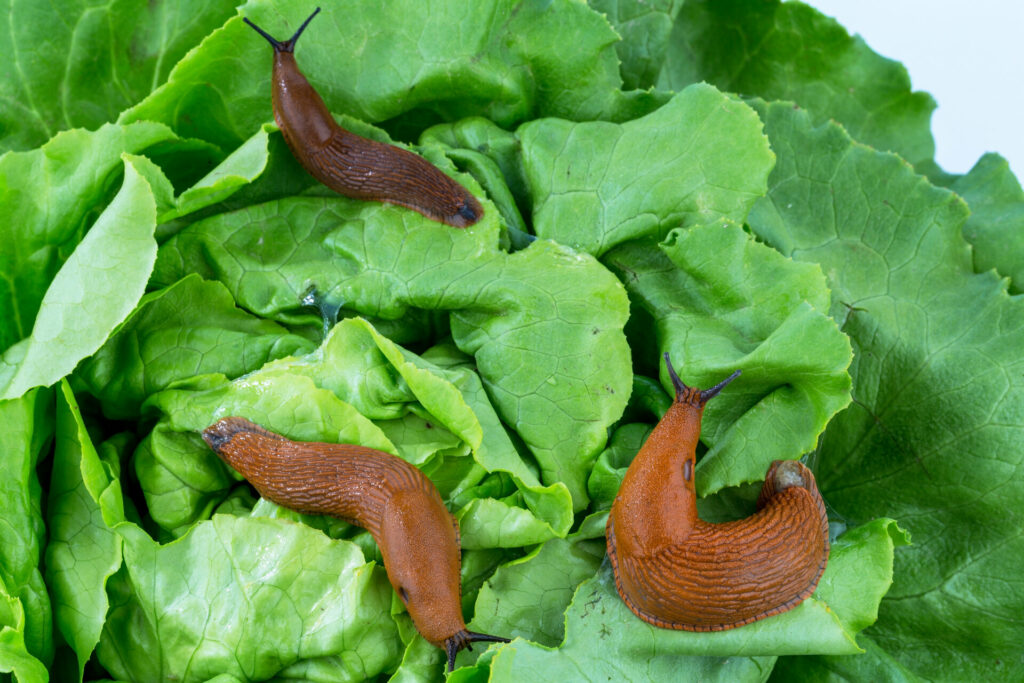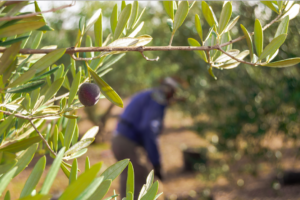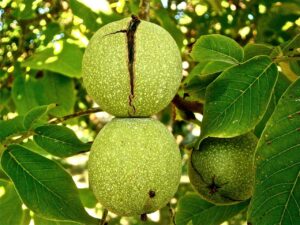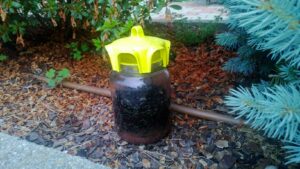The prevention with snail and slug traps against infestations is one of the most important tasks when growing vegetable gardens.
We cultivate our gardens for the pleasure of harvesting fresh and wholesome seasonal vegetables. These taste much better than the vegetables we buy at the supermarket – even though lately we are getting used to produce being available in all seasons (such as tomatoes all year round, and strawberries in February). Lima Trap is the first bio trap that stops snail and slug poison from coming into contact with the ground, thus keeping our vegetable gardens healthy. Let’s see how.
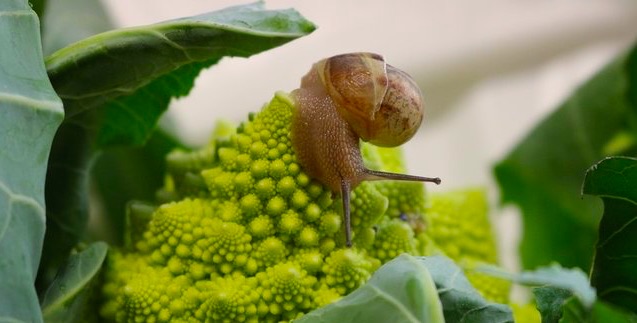
Sommario
HOW TO ELIMINATE SNAILS AND SLUGS FROM OUR GARDENS WITHOUT POLLUTING THE SOIL
The gastropods are among the parasites that most threaten our harvest by infesting and devouring plants: they pierce their leaves on all sides and practically raze seedlings to the ground.
Two possible defence methods
To eliminate snails and slugs from the garden we have two choices:
- To employ natural repellents such as salt, ashes, scattered egg shells and copper. All these natural methods are very good, but they do not work well enough when we are faced with large numbers of hungry and voracious slugs. These methods also create a considerable amount of extra work requiring extra time we often don’t have – particularly if our main job is not in the garden, to which we can only dedicate our spare time.
- To spread slug and snail toxic pellets on the soil, a method that solves the problem very quickly effectively: snails and slugs are inevitably attracted to the pellets and die as soon as they taste them.
The main problem with this method is that with the first rain the pellets melt almost immediately and when this happens they contaminate the soil and, consequently, the vegetables. Moreover, every time it rains we have no choice but to spread more pellets, thus continuously wasting this expensive pesticide and further contaminating the soil.

Is it really possible to eliminate slugs and snail from our gardens once and for all, while maintaining a healthy soil producing wholesome vegetables?
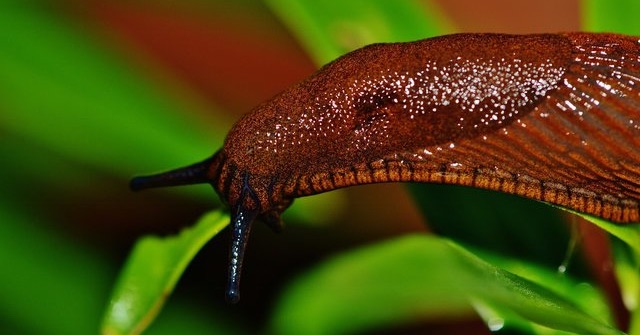
The red slugs in particular are the most voracious snails we can find in our gardens. Usually they eat most fruits and vegetables: spinach leaves, radicchios, chards, cabbages, cucumbers, zucchinis, beans, peas, broccoli, apples, pears, melons, kiwis and strawberries. They devastate our gardens and destroy our harvests.
THE TRAP FOR SNAILS FOR THE ORGANIC GARDEN: LIMA TRAP
Unfortunately very often it is the granular pesticide that turns out to be the fastest and most effective method. But the good news is that when we cannot do without these chemicals we can use them with Lima Trap® – the first snail trap that prevents the toxic granules from coming into contact with the soil and, by so doing, makes possible for the vegetables in our gardens to grow organically healthy.
Lima Trap is the first device that helps us to use slug and snail pellets in a safe and intelligent way.

Lima Trap – the slug and snail trap – is as simple as it is efficient: the container for the bait is a small cup whose base is easily inserted inside the soil; the bait is then protected from the rain by the upper part of the trap, which looks like a tiny parasol. In this way the bait lasts much longer and we need to employ smaller amounts of it.
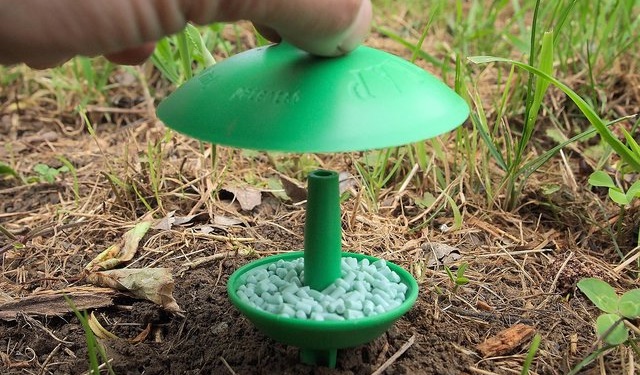
How does the slug and snail Lima Trap works
- Fill the bait cup of Lima Trap with 2 teaspoons of slug and snail pellets (about 8 grams).
- Insert Lima Trap into the soil in areas where the vegetables and plants are subject to the attacks of slugs and snails
- Insert the protective cover and the trap is ready for use – see further details and methods.
- Frequent use: all we need to do is to check the state of the bait regularly. If it is has deteriorated it must be replaced, emptying the cup and filling it again.
Lima Trap can be employed not only in vegetable gardens, but also in flower pots, in gardens, in nurseries and in greenhouses.
The distance between a trap and the other is at discretion of the user: Lima Trap is a very practical, easy to use trap that can be positioned in various and different areas, wherever and whenever it is needed.
The advantages of using Lima Trap
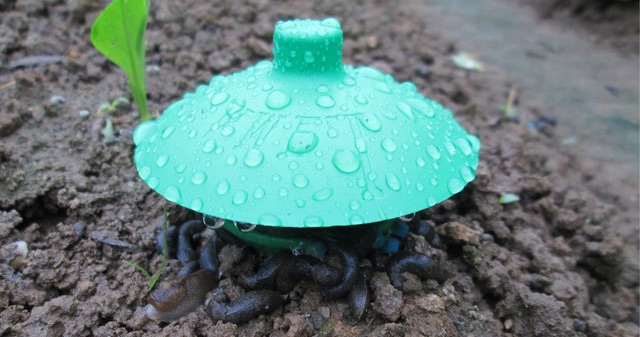
- Environmental protection: the granular pesticide does not come in direct contact with the ground, it remains in the cup and does not fall over (look at how it is done).
- Protection of the bait from the rain: normally, as soon as it rains, pellets melts and pollutes the soil, while slugs and snails gain free way. With Lima Trap on the other hand the bait is protected from rain and thus preserved.
- Long lasting bait: this is a considerable advantage – particularly if one thinks of the high cost of slug and snail pellets.
- Protection from accidental poisoning of animals: without the use of Lima Trap the slug and snail pellets scattered on the ground are within everyone’s reach. Domestic and wild animals, such as bunnies, hedgehogs, cats and dogs are unfortunately attracted to the pellets, which are deadly toxic.

The pesticide baits
An invasion of slugs and snails in our gardens leaves us with toxic pellets as the only alternative method of control. We are reluctant to use pesticide because this jeopardises our aim of cultivating organic vegetables to eat in a more healthier and genuine way – with the added bonus of saving money. However, we do not want to grow them to feed slugs and snails, so we feel we have no choice but to resort to granular pesticides.
There are two types of granular baits on the market: the classic bait, composed of a chemical called metaldehyde, and the biological bait composed of ferric phosphate; both baits can be used with Lima Trap.
We could of course use an eco-friendly bait. The only one we can recommend – if we want to keep growing organic food without wasting too much time and effort – is simply beer, a bait that is effective when used to capture slugs and snail with Vaso Trap. This is also a rapid and eco-friendly method which has been known and recommended by professional producers of organic vegetables for sometime.
USEFUL TIPS
Where to find Lima Trap
For the details of Lima Trap dealers near you, send an email to info@taptrap.com, or fill in this form
Learn more
- Vaso Trap: natural remedy against all kind of flies
- Sfera Trap: fly trap for gardens and stables
- Wasps and hornets: the traps must be placed in spring
This article was written and edited by
Roberto Carello and Maura Rizzo
Foto cover: Depositphotos.com
All photos, unless otherwise indicated, are Copyright Roberto Carello and Vanda Bellini

